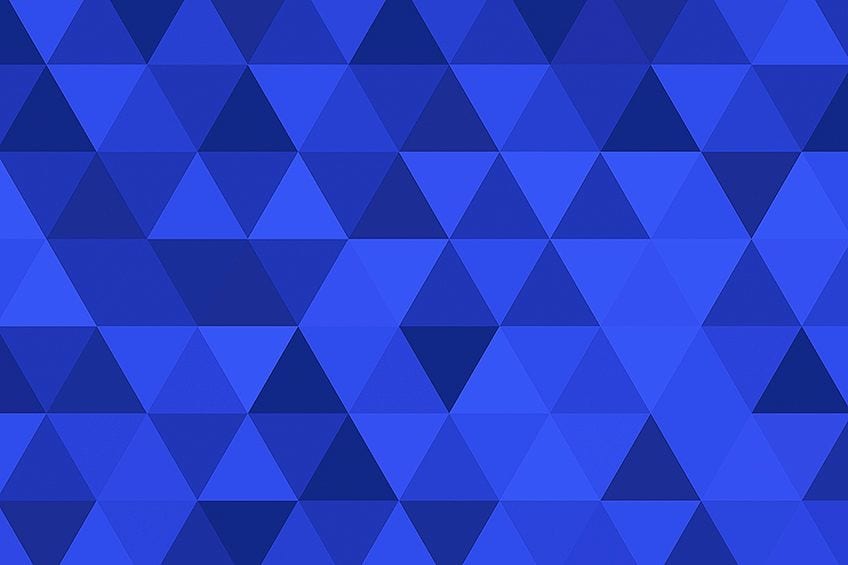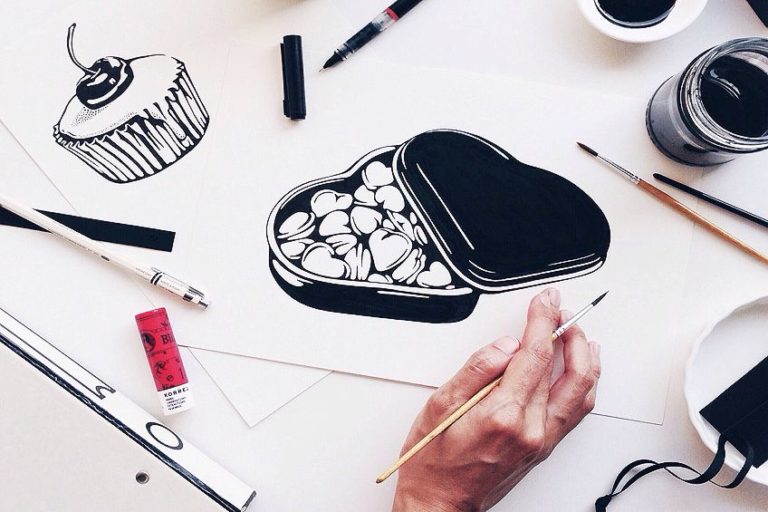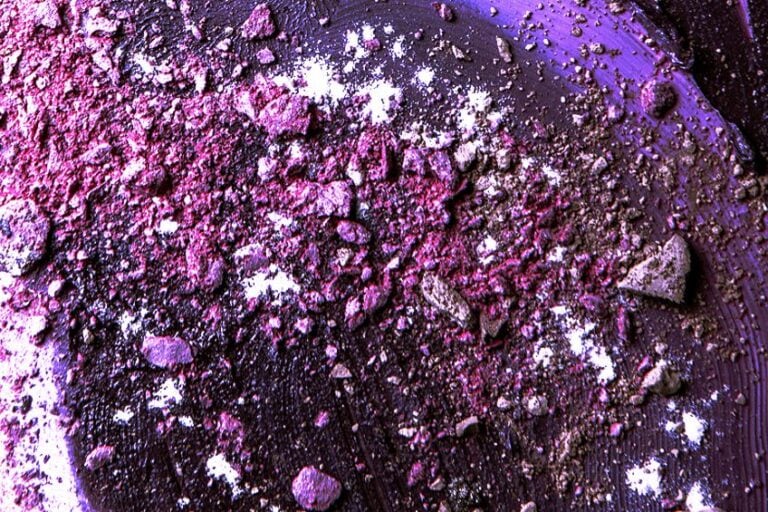Cobalt Blue Color – Learn How to Make Shades of Cobalt Blue
This post may contain affiliate links. We may earn a small commission from purchases made through them, at no additional cost to you.
Cobalt blue, a hue that is able to emanate a captivating depth and intensity, has long been a favorite amongst artists, designers, and enthusiasts alike. Named after the mineral “Cobalt”, which has been used to create stunning cobalt blue pigments for centuries, this color exudes a sense of calm and sophistication. It has a rich history, dating back to ancient civilizations such as Egypt and China, where it was used for a variety of artistic endeavors. From the bold, blue strokes of Van Gogh’s Starry Night, to the sleek lines of a modern sports car, let us delve deeper into the many facets of cobalt blue, how to make cobalt blue paint, as well as what colors go with cobalt blue.
Table of Contents
What Is Cobalt Blue?
From the fusion of cobalt oxide and alumina, cobalt blue is a shade that beckons the eye with its beguiling brilliance. It is a color that evokes a sense of calm and serenity, yet still possesses an unyielding intensity that commands attention. This captivating shade is reminiscent of the deep, rich tones of a moonlit sky, its velvety texture imbued with an ethereal luminescence that captures the imagination.
Cobalt blue is a color that exudes regal quality, its majestic presence evoking a sense of power and authority.
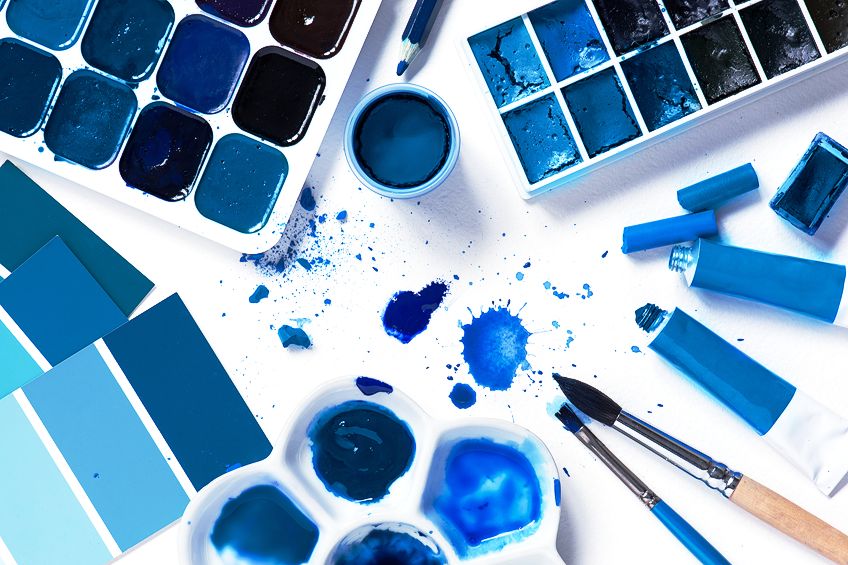
| Cobalt Blue Color | Hex Code | RGB | CMYK Color Code (%) | Shade of Cobalt Blue |
| Cobalt Blue | #0047ab | 0, 71, 171 | 100, 58, 0, 33 |
In art, cobalt blue has remained a cherished pigment for centuries, used to create masterpieces that have withstood the test of time. From the frescoes of ancient Rome to the Impressionist paintings of the 19th century, cobalt blue has graced some of the most iconic works of art in history. Beyond its artistic merits, however, cobalt blue has practical applications as well. This is a color that has been used in the creation of everything from ceramics and glassware to fine jewelry and high-end fashion. Its versatility and timeless appeal make it a perennial favorite amongst designers and artists alike.
Shades of Cobalt Blue
The spectrum of cobalt blue is as varied and diverse as the world that surrounds us. From the vivid brilliance of bright cobalt blue to the deep, dark mystery of navy blue, each shade possesses its own unique character and allure.
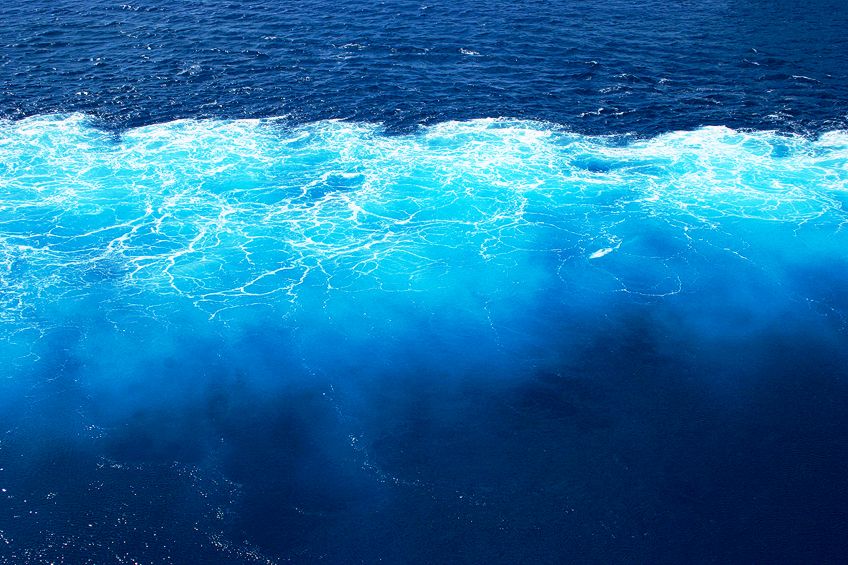
| Cobalt Blue Color | Hex Code | RGB | CMYK Color Code (%) | Shades of Cobalt Blue |
| Cobalt Blue | #0047ab | 0, 71, 171 | 100, 58, 0, 33 | |
| Bright Cobalt Blue | #385d8d | 56, 93, 141 | 60, 34, 0, 45 | |
| Navy Blue | #000080 | 0, 0, 128 | 100, 100, 0, 50 | |
| Midnight Blue | #191970 | 25, 25, 112 | 78, 78, 0, 56 | |
| Cobalt Glaze | #0072b5 | 0, 114, 181 | 100, 37, 0, 29 | |
| Neon Cobalt | #2242c7 | 34, 66, 199 | 83, 67, 0, 22 | |
| Cerulean Blue | #2a52be | 42, 82, 190 | 78, 57, 0, 25 | |
| Phthalo Blue | #000f89 | 0, 15, 137 | 100, 89, 0, 46 | |
| Prussian Blue | #003366 | 0, 51, 102 | 100, 50, 0, 60 |
At the lighter end of the spectrum, a bright cobalt blue bursts forth with a vibrant energy, electrifying the senses with its bold and unapologetic intensity. This shade is imbued with a vivacious spirit that exudes confidence and vitality, a color that dares to be noticed and admired. More centered in this spectrum, we will find our true cobalt blue, which emerges with a striking balance between the bold and the subtle. This hue is able to exude a calm and serene energy, inviting contemplation and reflection.
Cobalt blue possesses an effortless elegance, with a depth and richness that speaks to a refined and discerning taste.
Towards the end of our cobalt blue spectrum, we find darker shades such as navy blue and midnight blue. These shades are imbued with a sense of mystery and intrigue, with a quiet confidence that simmers just beneath the surface. These darker shades beckon to be explored, where you will be sure to find a sense of power and imaginative authority when used correctly and with purpose.
Cobalt Blue Color Meaning Throughout Time
This history and symbolism of cobalt blue is as rich and complex as the hue itself. Throughout the ages, this vibrant shade has been associated with a wide range of meanings, from religious devotion and spiritual enlightenment to creativity and artistic expression. For starters, ancient times would see cobalt blue being used to create intricate designs on Egyptian pottery and ceramic tiles, imbuing these artifacts with a sense of divine power and mystical energy.
In medieval Europe, cobalt blue was used to decorate the stained glass windows of churches and cathedrals, representing the heavenly realm and the glory of God.
In art, cobalt blue was prized for its ability to create depth and dimension, with painters such as Vincent van Gogh and Henri Matisse using the color to create some of their most iconic works. It was also used in the creation of Chinese porcelain, with cobalt blue glazes adorning these exquisite pieces and making them highly coveted throughout the world. Beyond its artistic and spiritual merits, cobalt blue has also been associated with healing and wellness.

In traditional Chinese medicine, it is believed that the color blue has a calming effect on the mind and body, promoting relaxation and reducing stress. In crystal healing and certain East Asian cultures, cobalt blue is often associated with the throat chakra, which represents communication and self-expression. All in all, cobalt blue is a color that has captured the imagination of countless, inspiring the human spirit for centuries past and centuries to come.
Its vibrant energy, timeless beauty, and symbolic significance have made it a beloved hue throughout history, a color that represents both the divine and the creative potential of the human wielder.
What Colors Go with Cobalt Blue?
The cobalt blue pigment provides us with a stunning hue that exudes energy, depth, and sophistication. When on the lookout to find what colors go with cobalt blue in order to create either a calming ambiance or a bold and daring statement, it should not be forgotten that the right pairings can elevate your aesthetic to all new heights. In this exploration of color theory, we will be delving into the art of color pairing and discover the myriad possibilities for creating captivating and harmonious combinations with cobalt blue.
Complementary Color of Cobalt Blue
By looking to the opposite side of the color wheel, we will find dark orange, the complementary color of cobalt blue. This is a hue that ignites the senses with its fiery warmth and bold energy. This color exudes passion and creativity, evoking a sense of confidence and vitalitY. When paired with the coolness of cobalt blue, the resulting combination creates a striking and harmonious contrast that captures the eye and sparks the imagination.
This complementary duo is a testament to the beauty of contrast and balance, creating a visually stunning and alluring display.

| Color | Hex Code | RGB | CMYK Color Code (%) | Shades of Color |
| Cobalt Blue | #0047ab | 0, 71, 171 | 100, 58, 0, 33 | |
| Dark Orange | #ab6400 | 171, 100, 0 | 0, 42, 100, 33 |
Split Complementary Color of Cobalt Blue
Cobalt blue’s split complementary colors come in the form of olive yellow and blood red, a duo that exudes a sense of bold adventure. The earthy warmth of olive yellow combined with the fiery intensity of blood red creates a striking and unexpected contrast that pairs perfectly with the coolness of cobalt blue. Olive yellow is a hue that evokes a sense of groundedness and stability, with a subtle warmth that radiates a sense of calm and tranquility.
Blood red, on the other hand, is a color that exudes a sense of fiery passion and intensity, evoking an energy that is as bold as it is daring.
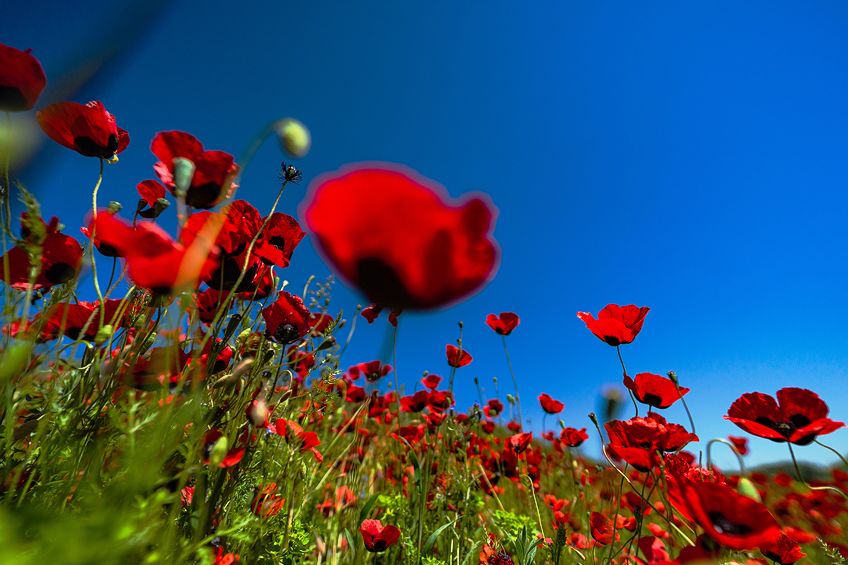
| Color | Hex Code | RGB | CMYK Color Code (%) | Shades of Color |
| Cobalt Blue | #0047ab | 0, 71, 171 | 100, 58, 0, 33 | |
| Olive Yellow | #9dab00 | 157, 171, 0 | 8, 0, 100, 33 | |
| Blood Red | #ab0f00 | 171, 15, 0 | 0, 91, 100, 33 |
Triadic Colors of Cobalt Blue
The bold and adventurous colors that make up cobalt blue’s triadic colors include dark green and dark pink, making up a trio that embodies the beauty of color contrast and harmony. The coolness of cobalt blue paired with the earthy richness of dark green and the vibrant intensity of dark pink is able to create a visually stunning and captivating combination that captures the imagination. Dark green, for instance, is a color that evokes a sense of growth and stability, with an earthy richness that exudes a sense of calm and tranquility.
Dark pink, however, is a hue that exudes a palpable sense of vibrancy and energy, with a boldness that draws the eye and ignites that soul.
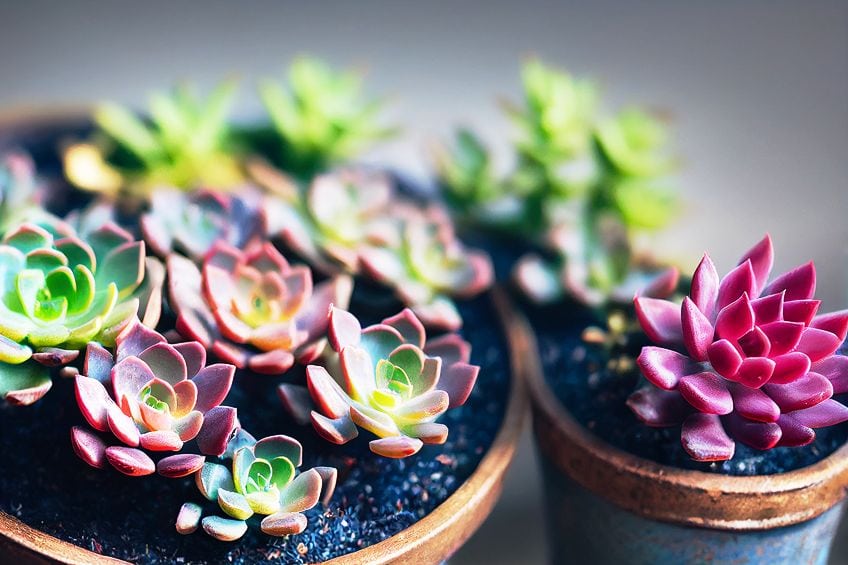
| Color | Hex Code | RGB | CMYK Color Code (%) | Shades of Color |
| Cobalt Blue | #0047ab | 0, 71, 171 | 100, 58, 0, 33 | |
| Dark Green | #47ab00 | 71, 171, 0 | 58, 0, 100, 33 | |
| Dark Pink | #ab0047 | 171, 0, 71 | 0, 100, 58, 33 |
Analogous Colors of Cobalt Blue
Sitting adjacent to cobalt blue on the color wheel, we have the calm and tranquil combination of dark blue and dark cyan. Together, this trio creates a visually pleasing and harmonious combination that captures the imagination. Dark blue is a color that evokes a sense of depth and stability, with a calming influence that exudes a sense of serenity.
Alternatively we have dark cyan, a hue that exudes coolness and tranquility, with a certain brightness that draws one’s attention without effort.

| Color | Hex Code | RGB | CMYK Color Code (%) | Shades of Color |
| Cobalt Blue | #0047ab | 0, 71, 171 | 100, 58, 0, 33 | |
| Dark Blue | #0f00ab | 15, 0,171 | 91, 100, 0, 33 | |
| Dark Cyan | #009dab | 0, 159, 171 | 100, 8, 0, 33 |
How to Make Cobalt Blue Paint Yourself
For our artistic enthusiasts out there, mixing your own cobalt blue paint can turn out to be quite the thrilling and rewarding experience, allowing you to create a distinct shade that is uniquely your own. With a few simple steps and some basic supplies by your side, you can create a beautiful cobalt blue that is perfect for your artistic endeavors. Before we begin, however, you will first need to gather the following supplies.
- A palette/mixing dish
- A paintbrush/palette knife
- Paints (ultramarine/phthalo blue, white, and black)
- Water

| Color Name | Hex Code | RGB | CMYK Color Code (%) | Shade of Color |
| Ultramarine Blue | #0437f2 | 4, 55, 242 | 98, 77, 0, 5 | |
| Phthalo Blue | #000f89 | 0, 15, 137 | 100, 89, 0, 46 | |
| White | #ffffff | 255, 255, 255 | 0, 0, 0, 0 | |
| Black | #000000 | 0, 0, 0 | 0, 0, 0, 100 |
To get started, simply squeeze a small amount of either blue paint onto your palette or mixing dish. Next, add a small amount of white paint to your blue and mix together thoroughly using your palette knife or brush. Keep adding in white paint in small amounts until you have achieved your desired shade of lightness for your cobalt blue. Once this has been achieved, it is time to start adding in some black paint. Do so in small increments before mixing together thoroughly until you have attained your desired level of depth.
Be careful not to add too much black paint, however, as it can easily overpower the blue and create a muddy color.
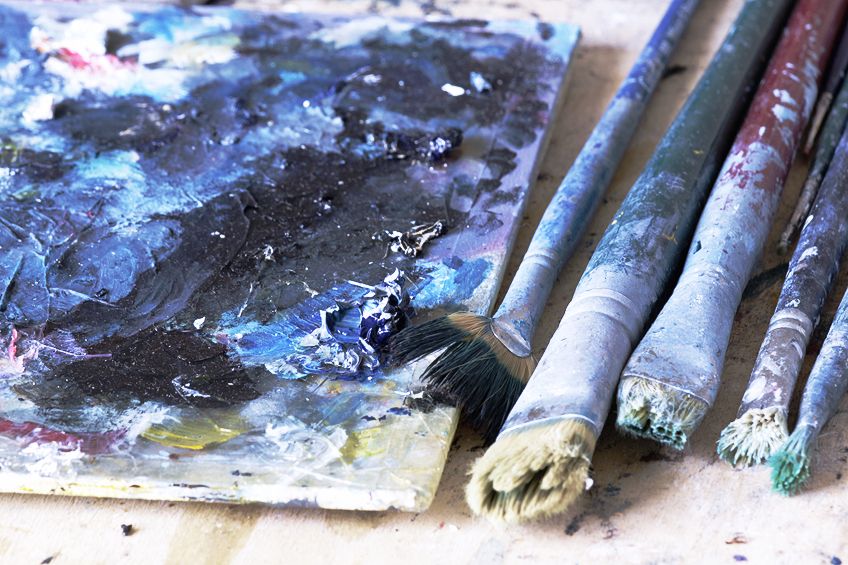
If your cobalt blue paint turns out to be too thick, you can add a small amount of water to thin it out. Similarly, be careful not to add in too much water, as it can dilute your cobalt blue pigment and negatively affect the end result. Once you have made your preferred shade of cobalt blue, take a moment to admire your creation. Mixing your own paint can be a rewarding and satisfying experience, one that allows you to create a unique shade that is perfectly suited to your artistic vision.
In conclusion, mixing your own cobalt blue paint requires a few simple steps and some basic supplies, but the results are sure to remain truly stunning. With a little patience, practice, and ample knowledge surrounding the color theory and combinations of cobalt blue, you too can expect to create beautiful works of art that each remain uniquely your own.
Frequently Asked Questions
What Is Cobalt Blue?
Cobalt blue is a deep blue color that is named after the element cobalt. It is a bright and intense shade of blue that is often used in art, fashion, and design. Its history dates back to ancient civilizations, where its uses spread across various artistic, spiritual, and medicinal practices.
What Is the Symbolism of Cobalt Blue?
Cobalt blue is often associated with peace, tranquility, and spirituality. It is also thought to represent reliability and stability, and is sometimes used in logos and branding to convey these qualities.
What Is the History of Cobalt Blue?
Cobalt blue was first synthesized without the use of natural pigments in the 1800s, when it then quickly became a popular commodity in the art world. Long before this, however, cobalt blue was used in everything from ceramics to stained glass, and even in oil paintings of ancient times, and is still a popular choice today.
Larissa Meyer is a 32-year-old mother from Michigan and creative spirit since childhood. Her passion for painting and drawing has led her to an education as an illustrator and a career as a freelance graphic designer. She has a Bachelor of Fine Arts in Illustration and a degree in Graphic Design. Larissa is a talented artist who is able to master a wide range of styles and techniques to bring her artistic vision to life. Her greatest passion is currently fluid painting and epoxy resin art. Larissa’s love for art and her knowledge and experience in illustration make her the perfect Creative Director for our fluid-painting.com team. She is the creative head of our team and shares her passion and knowledge with our community through articles and tutorials.
As a mother of a 2-year-old daughter, Larissa also understands the importance of fostering creativity in early childhood. She uses her experience and knowledge to help other parents inspire their children and develop their artistic skills as well.
Learn more about Larissa Meyer and about us.

